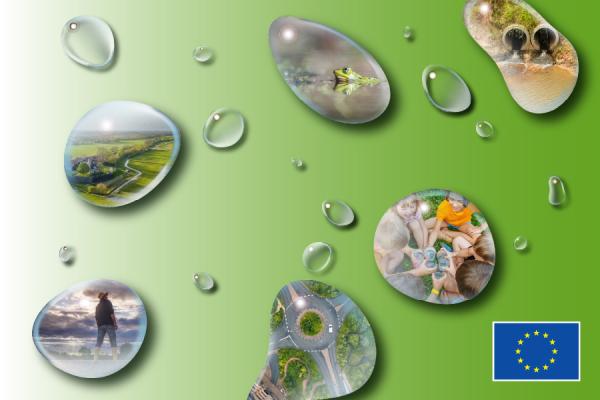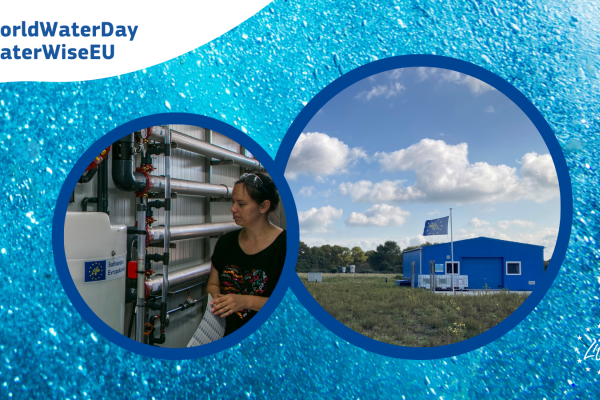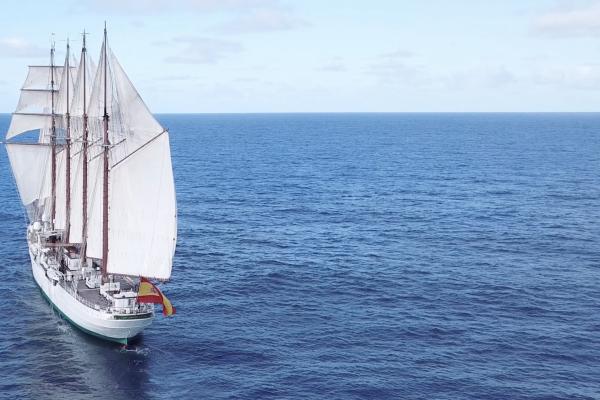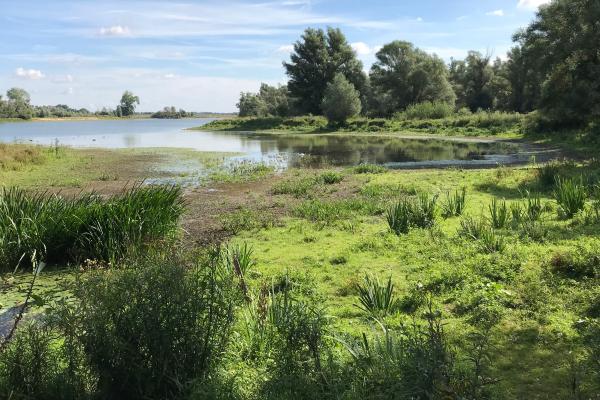Overview
Bathing water quality in Europe has greatly improved over the last decades. Thanks to systematic monitoring and management introduced under the EU's Bathing Water Directive and large investments in urban wastewater treatment plants, Europeans now enjoy high quality and safe bathing water across the continent.
EU bathing water legislation specifies if bathing water quality can be classified as 'excellent', 'good', 'sufficient' or 'poor', depending on the levels of faecal bacteria detected. Where water is classified as 'poor', EU countries should take certain measures, such as banning bathing or advising against it, providing information to the public, and taking suitable corrective actions. These rules have led to a drastic reduction of untreated or partially treated municipal and industrial wastewater ending up in bathing water.
Objectives
The EU aims to protect the environment and the health of Europeans by attaining good bathing water quality throughout the EU. More specifically, it aims to
- provide better and earlier information to citizens about the quality of their bathing waters, including logos
- move from simple sampling and monitoring of bathing waters to bathing quality management
- integrate into other EU measures protecting the quality of all our waters (rivers, lakes, ground waters and coastal waters) through the Water Framework Directive
Law
The Bathing Water Directive requires Member States to monitor and assess bathing water. It ensures timely information is given to the public during the bathing season and requires Member States to disseminate information on bathing water quality actively and promptly. In particular, notices banning or advising against bathing should be rapidly and easily identifiable.
The Directive applies to all surface waters that can be used for bathing, except for swimming pools and spa pools, confined waters subject to treatment or used for therapeutic purposes and confined waters artificially separated from surface water and groundwater.
Decision establishing a symbol for information to the public on bathing water classification and any bathing prohibition. View the symbols for informing the public on bathing water prohibition, advice against bathing and bathing water classification.
The implementation of the Bathing Water Directive is supported by a broad EU framework of water legislation, including the Water Framework Directive, the Environmental Quality Standards Directive, the Groundwater Directive, the Marine Strategy Framework Directive and the Urban Waste Water Treatment Directive.
Review
The Commission is currently reviewing the Bathing Water Directive. The aim is to examine whether the current rules are still fit for purpose to protect public health and improve water quality or if there is a need to improve the existing framework, notably by addressing new parameters.
Find out more about the ongoing review and the consultation process.
Implementation
Member States must monitor bathing waters every year. At least four samples should be taken per season, except where the season is very short or where there are special geographic constraints. Member States should assess bathing waters at the end of every season. A shorter period may be acceptable in some cases.
Member States should also prepare a description of bathing waters and the potential impacts and threats to water quality. This serves both as information for citizens and as a management tool for the responsible authorities through bathing water profiles. They could include a description of the area concerned, any sources of pollution and the location of the water monitoring points.
Reports
Based on the information provided by EU countries, every year, the Commission and the European Environment Agency publish a summary report on the quality of bathing water and national country reports. The report tracks the water quality at more than 21 859 bathing sites across the EU, Switzerland and Albania.
Find the reports here:
2023 2022 2021 2020 2019 2018 2017 2016 2015 2014 2013 2012 2011 2010 2009 2008 2007 2006 2005
Bathing water management in Europe: Successes and challenges
Related links
Related laws: Water Framework Directive, Environmental Quality Standards Directive, Groundwater Directive, Marine Strategy Framework Directive , Urban Waste Water Treatment Directive
Related strategies: Circular economy action plan, Zero pollution action plan
Related Commission priorities: European Green Deal






